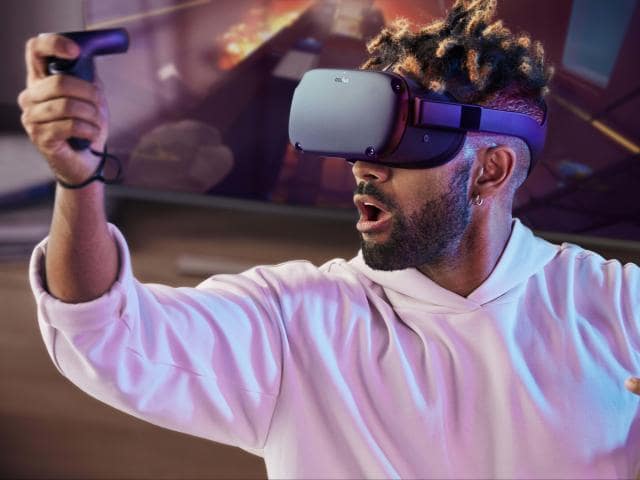Man has such a fine eye for a movement that he often recognizes a friend from afar by his gait. Accordingly, the task of calculating realistic and convincing motion sequences of animals and humans by computer is demanding, be it for movies – think of dinosaur herds on the run in the film “Jurassic Park” – or for video games.
The animation of an artificial person is particularly time-consuming, because on top of that, even almost imperceptible subtleties convey an impression of personality and mood.
In principle, there are three methods: Keyframing, motion capturing and simulation
With the first, the animator can control subtleties, but must make sure that the result is natural. Motion capturing and simulation generate motion sequences mostly automatically, on the other hand there are few possibilities for fine tuning in animation company.
Keyframes
Keyframes are striking single frames; the technique dates back to the time when animated films were drawn by hand. Using such selected “snapshots”, the positions of all persons and objects were determined and the film images in between were created as gradual transitions between keyframes.
This interpolation is now done by the computer. The fall of a stone, for example, could be determined from the start and end positions alone, provided that obstacles do not interfere with the free fall. For each main character in the animated film “Toy Story” , which the Walt Disney Studios released in 1995, more than 700 parameters were provided – including the positions of parts of the eyebrows.
The specification of keyframes can be partially automated. If, for example, the hand of a figure is to be in a certain position, the computer can calculate appropriate elbow and shoulder angles. Of course, the animator in must know the exact movement behavior of the objects to be displayed and select and arrange the keyframes accordingly; but he has plenty of leeway to control the subtleties of a movement.
Motion Capturing
Particularly natural-looking animations are obtained by recording real movements using magnetic or optical sensors (motion capturing); the former measure changes in the sensor position relative to a reference transmitter, the latter measurably reflect an external light source. A computer can imprint the motion sequences measured in this way on a virtual figure; famous athletes have already been the godfathers of virtual athletes in various video games.
Even everyday movements can be recorded relatively easily. However, it is difficult to accurately measure the movements of the human body in particular, since markers on the skin and clothing of a test person can slip and thus provide false data. Also, different shapes or sizes of the original and the computer model can cause errors: For example, the test person touches a real table; if the animated figure is smaller, their hands may appear to disappear into the table.
In addition, some movements are currently difficult to record. For example, electromagnetic sensors usually require the test person to be wired to a computer, thus restricting their freedom of movement . In addition, such systems generate noisy data when metal objects or devices – such as a treadmill – are nearby. With optical systems, one part of the body can block the view of another. Despite these disadvantages, the majority of motion sequences in commercial animations today are generated from recorded data and then tailored to a virtual performer .
Simulation
In contrast to these methods, simulation calculates motion sequences on the basis of physical laws. A virtual human being is usually modelled as a combination of rigid body parts. For example, the lower half of the body consists of a trunk with upper and lower legs and feet connected by hip, knee and ankle joints. Our research group has used biomechanical data from various studies, including measurements of corpses, to precisely replicate our models. For example, the forearm of our virtual male adult weighs 1.1 kilograms, is 24 centimeters long, and has an average circumference of about 25 centimeters.

Although the models are physically plausible, they also remain only an approximation of the human body. They ignore the movement of the muscle mass relative to the bone. In addition, the shoulder is usually constructed as a single joint with three degrees of rotational freedom, although the collarbone and shoulder blade also allow more complex movements such as shrugging the shoulders in humans. The more subtleties are taken into account, the more realistic the simulation becomes.
Inanimate objects can be animated using equations of motion
If a ball is to roll down a mountain, this is calculated taking into account gravity and friction forces. For this reason, virtual humans must be equipped with a control system that sends motor signals to muscles and determines the required rotation for each joint of the simulated body. A control system for the “Jogging” program must, for example, make the leg swing forward before the foot touches the ground – otherwise a realistically simulated runner would stumble.

